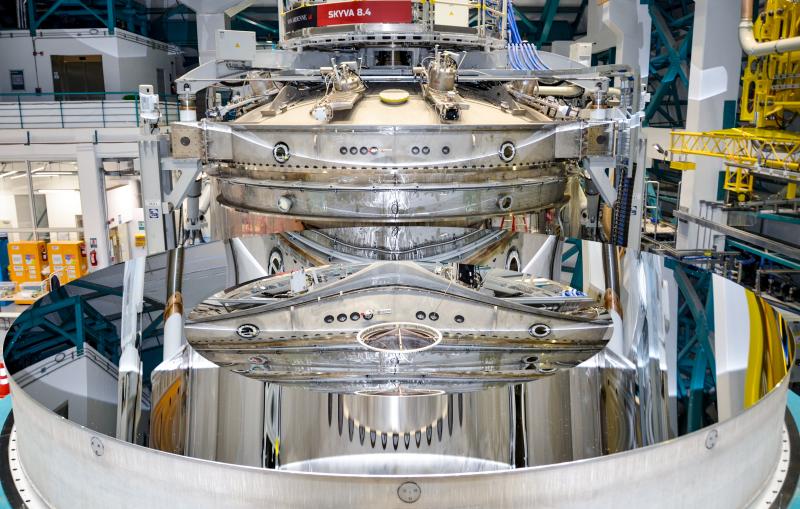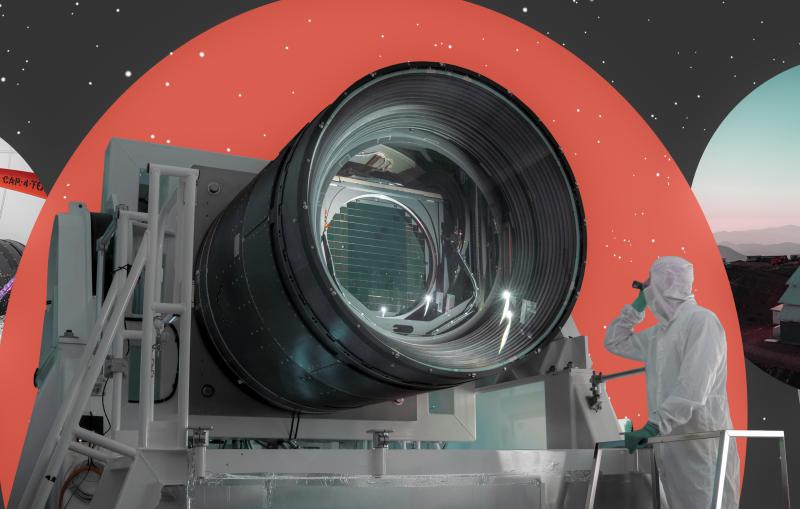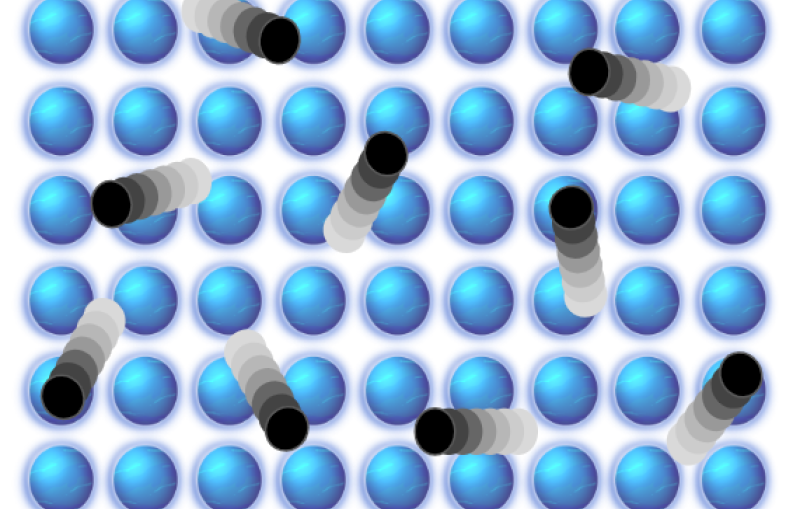June 18, 2024
Scaling up the dark matter search
Related Topics
Dig Deeper
Related stories

News Feature
June 12, 2024
·
4 min read

News Feature
May 22, 2024
·
6 min read


News Feature
June 12, 2024
·
4 min read

News Feature
May 22, 2024
·
6 min read


Press Release
April 3, 2024
·
10 min read


